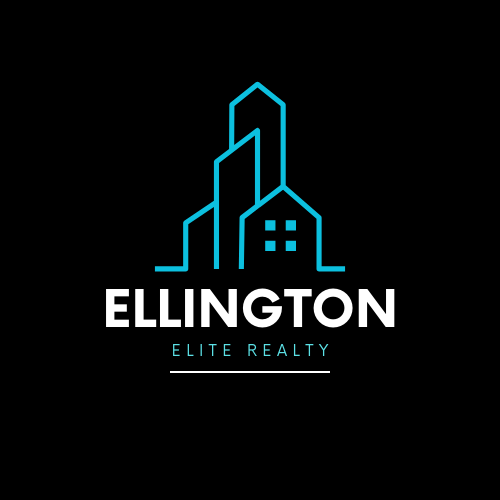
Why Joliet Is a Top Pick for Homebuyers and Investors This Year
Joliet was the third-largest city in Illinois until Naperville took the spot earlier in 2025, however it still remains a major hub for housing, jobs, and recreation in the southwest suburbs of Chicago. With its combination of affordable homes, diverse neighborhoods, ongoing downtown revitalization, and strong transportation links, Joliet appeals to first-time buyers, families, commuters, and investors seeking space and opportunity in 2025.
Location and Transportation
- Joliet is about 40 miles southwest of downtown Chicago and served by I-80, I-55, US Route 52, and Route 6 for easy car commutes.
- The city has two Metra train stations (Joliet Union and Laraway Road) providing service to downtown Chicago.
- Public transportation is extensive with PACE bus, and the city is a logistics hub thanks to proximity to the nation’s largest inland port (CenterPoint Intermodal).
Community and Lifestyle
Schools
Joliet is served by Joliet Public Schools District 86 (elementary/middle) and Joliet Township High School District 204 (Joliet Central and Joliet West). Several private, parochial, and charter schools provide alternative options. Major colleges include Joliet Junior College (the nation’s oldest public community college) and the University of St. Francis.
Parks and Recreation
The Joliet Park District manages more than 60 parks, two golf courses, Splash Station water park, tons of athletic fields, and the Inwood Athletic Club. City limits border the Des Plaines River, Hammel Woods, and Pilcher Park for outdoor activities, hiking, and nature trails.
Arts and Entertainment
Historic downtown Joliet is undergoing a renaissance—anchored by the Rialto Square Theatre, Joliet Area Historical Museum, local breweries, farm-to-table restaurants, and casinos. The city hosts minor league baseball (Joliet Slammers), racing (Chicagoland Speedway, Route 66 Raceway), and year-round festivals and concerts.
Shopping and Dining
Westfield Louis Joliet Mall, Route 59 corridor, and downtown offer everything from national retailers to local shops, ethnic markets, and a growing food scene.
Healthcare
Joliet houses Silver Cross Hospital and Ascension Saint Joseph–Joliet Hospital, along with urgent care clinics and medical specialists, making healthcare easily accessible.
Economy and Demographics
- Joliet’s estimated population in 2025 is around 146,000, making it one of Illinois’ fastest-growing cities.
- Diverse, family-oriented, with large populations of White, Hispanic/Latino, and African-American residents; median age is about 34.
- Median household income is around $78,000, and the local economy is driven by healthcare, education, manufacturing, transportation, and the logistics sector.
- Ongoing investment in logistics centers and manufacturing facilities supports steady job growth.
Real Estate Market Overview
- The median home sale price in Joliet is typically $261,000 to $305,000 in 2025, up about 4–6% from last year.
- Inventory includes everything from classic bungalows and historic Victorians to new construction, townhomes, and two-flats.
- Homes spend 24–41 days on the market, and updated, move-in-ready homes sell fastest, often with multiple offers.
- New construction continues, especially on the city’s western edge, with larger lots and modern floorplans attracting growing families.
- Property taxes are moderate for the region, and Joliet’s broad price range draws buyers at every stage and budget.
Neighborhoods
- Cathedral Area: Historic homes, tree-lined streets, walkable to downtown amenities.
- West Joliet: Popular for newer subdivisions, parks, larger homes, and top-rated schools.
- Downtown and Near East Side: Undergoing revitalization, with affordable starter homes and renovated properties.
- South and Lower Bluff: Affordable, older housing, with easy access to I-80 and large employers.
Investment and Growth
- Joliet is attractive for investors due to solid rental demand from local students, workers, and families.
- Multi-family properties, single-family rentals, and “house hacking” opportunities abound.
- Downtown redevelopment, planned riverfront projects, and new business investments point toward long-term appreciation and economic growth.
Frequently Asked Questions
How does Joliet compare to nearby suburbs?
Joliet offers significantly more home for the money than Naperville, Plainfield, or New Lenox, plus affordable taxes, diverse neighborhoods, and huge recreational assets.
What’s the lifestyle in Joliet?
Energetic and family-friendly, with a growing arts scene, sports, festivals, riverfront trails, and tons of activities. The city is large but maintains a close-knit community feel in its many distinct neighborhoods.
Is Joliet good for real estate investment?
Yes—affordable entry prices, strong rental returns, and steady population growth make Joliet a solid choice for both new and experienced investors.
How Daniel Ellington Can Help
For Buyers: I’ll guide you through all property options in Joliet—historic, new builds, condos, and more—helping you negotiate the best deal and get to closing with confidence.
For Sellers: I provide market-driven pricing, high-impact marketing, and expert negotiation skills to get your home sold fast and for top value.
For Investors: Receive custom rental analysis, cash flow estimates, and help identifying single and multi-unit properties that deliver consistent returns in Joliet’s dynamic market.
Ready to buy, sell, or invest in Joliet? Contact me, Daniel Ellington, for experienced, personalized real estate service in one of Chicagoland’s fastest-growing and most opportunity-rich cities.

